Preview
In this issue of Spirit Journal, we have many ideas and announcements to share with you. We begin the November edition with Phil Jackson’s reflections on an important question: Who will replace Thomas Keating? Next, Alan Krema writes about the Welcoming Prayer Practice, which will be the focus of our 2019 Winter Weekend Retreat, as well as one of the four sessions in the 2019 Living Wisdom Program. The issue also includes official announcements about the Winter Retreat and Living Wisdom, with links to find out more and register for the programs.
Next, Jack Lloyd takes a brief look back at the Annual Fall Workshop that took place early this month (and invites you to do the same). We provide you with information about several additional contemplative activities that are coming up soon and may be of interest, along with Insights from Margaret Mead, Rosa Parks, Etty Hillesum, and Thomas Keating.
Finally, this issue includes the last chapter in Phil Jackson’s Spirit in the Wild series. If you haven’t been following this adventure yarn/reflection over the past seven months, please consider taking a look at it. (There’s a link for those who want to go back and start at the beginning.) We are very grateful to Phil for sharing this exciting and inspiring piece in Spirit Journal.
Please let us know what you think about Spirit Journal – and start your side of the conversation – by emailing the editor at the address provided at the end of the newsletter. We look forward to hearing from you!
Oh and by the way, HAPPY THANKSGIVING!
Who Will Replace Thomas Keating?
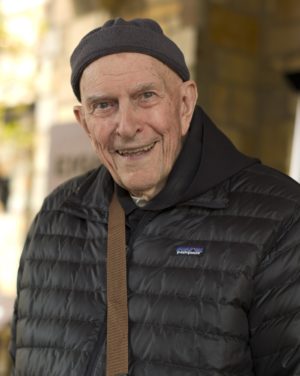 by Phil Jackson
by Phil Jackson
Centering Prayer – I think it’s increasing, it’s burgeoning, and I think after my demise it’s likely to grow significantly, even more. I don’t know why, it’s just the nature of things. The seed has to fall into the ground and die for its full energies to be released. So whatever gifts I’ve received hopefully will be continued by divine providence, perhaps in ways that we don’t foresee. – Thomas Keating
Who will replace Thomas Keating? I’m starting to hear that question more. This is not a new question, it has been asked hundreds of times over a decade or more before our beloved 95-year-old spiritual father passed. Thomas answered this himself though. He was asked, with varying degrees of tact, “Who will replace you?”, and he would reportedly answer “You! and you, and you, and you…” to those in attendance at the time.*
Thomas spoke to us often about the trap of idolatry, and that any leader, and human, has “feet of clay”. Although the only thing I wish I saw differently in Thomas would be the ability to live forever, his humanness does show its limits now with his passing. Isn’t that how it should be! For many years now, Thomas has been deliberately retreating from Contemplative Outreach leadership, experimenting with leadership structures until he found one that works and that would not rely on him.
The Welcoming Prayer Practice
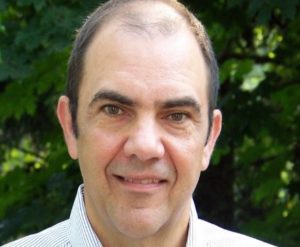 by Alan Krema
by Alan Krema
This coming winter, Contemplative Outreach Chicago invites you to take part in either or both of two opportunities to engage with the Welcoming Prayer Practice. Our Winter Retreat – February 22-24 — is a weekend exploration of the somatic spiritual nature of the Welcoming Prayer Practice, and on February 9, we will have a day-long workshop on the practice as part of the Living Wisdom Program.
The Welcoming Prayer Practice provides a framework and a skill that opens us to endless opportunities for inner awakening. Aligned with somatic knowledge from the field of therapy (Focusing, Somatic Experiencing, Sensorimotor, CRM-Community Resilience Model, Bio-feedback) we have a powerful set of practices, movements and “body knowing” for strengthening our nervous system and expanding our Being.
The Welcoming Prayer Practice teaches us about attachments and aversions, suggesting that maybe we don’t have as much “free will” as we think we do. It helps us observe when we are knocked out of our comfort zone. . . . The learning of Somatic Skills begins with the understanding that the activations we experience (when “our buttons get pushed”) are hard wired instincts that are biological in nature. Once we learn to notice and track our physiology, we can also make space for different responses.
Announcing: The 2019 Living Wisdom Program
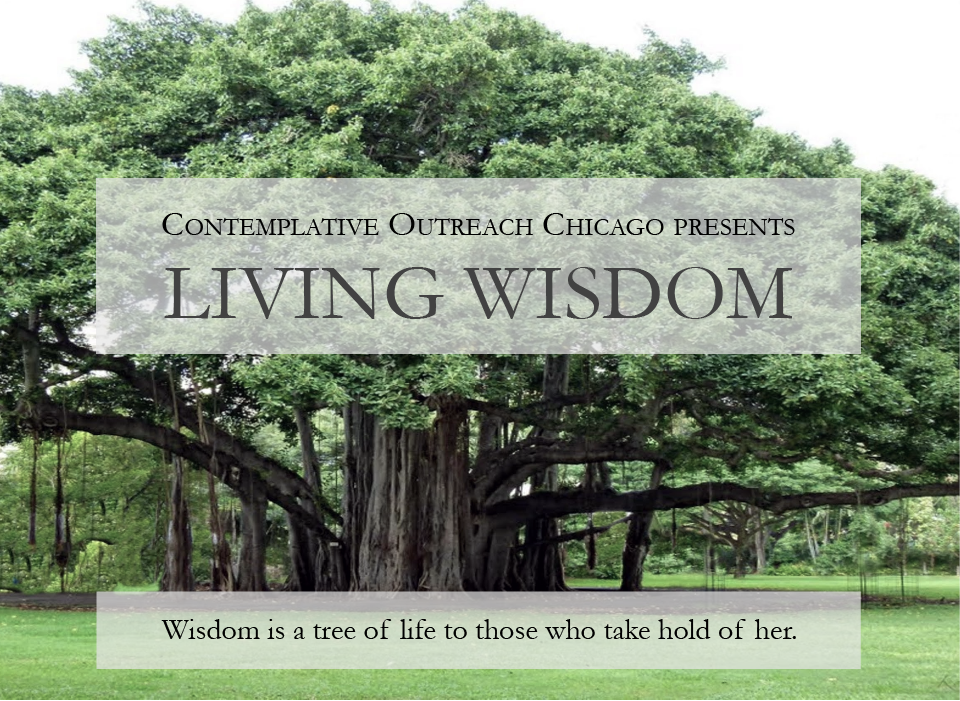
This is a new series of four full-day workshops, each dedicated to a theme of wisdom in the Christian contemplative tradition. The program’s vision is to deepen the contemplative wisdom in each participant. Based on the core practice of Centering Prayer, the program will increase awareness of and openness to the divine indwelling through additional practices founded in the Wisdom tradition.
Wisdom teaching builds on a strong foundation of traditional Christian mystical teaching and contemplative practice, approaching them through the contemporary lenses of mindfulness, nondual awakening, and interspiritual dialogue.
The 2019 program consists of four Saturday workshops, all to be held at the Tau Center in Wheaton:
January 12: Mystical Poetry, with Alison Hine
February 9: Welcoming Prayer Practice as Embodied Wisdom, with Alan Krema
March 9: The Wisdom of Sophia, with Rami Shapiro
April 13: Cultivating a Listening Heart, with Jeff Ediger
For detailed information and registration, please visit the Living Wisdom event page.
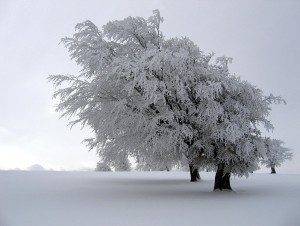 Announcing: The 2019 Winter Weekend Retreat
Announcing: The 2019 Winter Weekend Retreat
Contemplative Outreach Chicago’s Winter Weekend Retreat will take place February 22-24 at the beautiful Portiuncula Center for Prayer in Frankfurt Illinois. We hope you can join us!
Led by Alan Krema, the 2019 retreat will introduce and explore the Welcoming Prayer Practice (see above). For further information and registration, please visit the Winter Retreat event page.
Looking Back at Our Seventh Annual One-Day Fall Workshop, with Cynthia Bourgeault
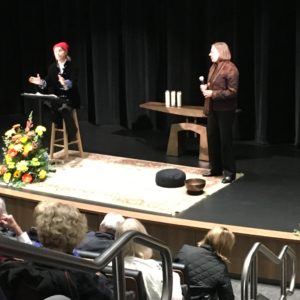 by Jack Lloyd
by Jack Lloyd
(This note describes one person’s feelings about this year’s Fall Workshop. It would be great to hear about your reactions, as well. Please send them to news@centeringprayerchicago.org, and let us know whether we have permission to publish your thoughts in next month’s Spirit Journal.)
During the Fall Workshop on November 4, Cynthia Bourgeault gently awakened us to what she has called “the mystical wisdom lineage flowing like an underground river through the heart of the Christian mystical and contemplative heritage.”
While I’m sure each person who heard Cynthia’s message responded in their own unique way, I personally felt in awe of her ability to distill a lifetime of study and practice into a one-day workshop that was challenging, yet somehow easy to follow. She tied nearly every insight back to multiple ancient, medieval and modern sources. At times, I’ll admit, I found this meticulous approach a bit frustrating (“too academic!”). But, by the end of the day, I knew that she had provided plenty of evidence for her idea that there truly is a timeless, flowing “underground river” of wisdom and that, if we only consent and pay attention, we too can be borne along by its powerful current.
Upcoming Events, Retreats, and Conferences
Here are some additional contemplative activities that are coming up and may be of interest:
Ongoing Centering Prayer “11th Step” Program – Chicago
In AA 12-step programs, the 11th step is making a personal effort to get in touch with a Higher Power, however one understands it. Increasingly, people in 12-Step programs are deepening their
relationships with their Higher Power using the method of Centering Prayer.
Here in the Chicago area, an ongoing Centering Prayer-based 11th step group meets on Fridays at 6:45pm in conference room “C” on the 7th floor of the Community First Medical Center, 5645 W. Addison Street, Chicago. For further information on this program, please contact Philip Lo Dolce — stuffer1@ameritech.net.)
Merton Society Talk – November 18 – Chicago
The Chicago Chapter of the International Thomas Merton Society has scheduled a talk for this month, Sunday afternoon at the Rectory Assembly of Immaculate Conception Parish, 7211 W. Talcott, Chicago.
November 18: Pat O’Connell, founding member of the ITMS, former president and current board member will discuss “A Canterbury Tale: Thomas Merton and St. Anselm,” drawing on the newly published book, “Cistercian Fathers and Forefathers—Essays and Conferences by Thomas Merton,” edited by Pat. Also commenting will be Tom Masters, editorial director of New City Press, publisher of the book.
All Merton Society talks are open to the public; park in the church lot. Freewill donation at the door, suggested $5, (free to dues-paying members) and refreshments will be served. “MERTON LECTURE” signs with arrows point to the entrance of the Rectory Assembly. For more information, contact Mike at 773-685-4736.
Centering Prayer Introductory Workshop – February 2 – Winnetka
An introductory workshop is a great way to begin or solidify a regular practice of Centering Prayer. This workshop will take place on Saturday February 2, 9:00am – 2:00pm, at Winnetka Congregational Church, 725 Pine Street, Winnetka. The workshop presenter, Bob Frazee, is specially trained and commissioned in teaching this short course, which covers the essentials and conceptual background of the method.
For more information or to register, please contact the Rev. Jeffrey Phillips at 847-999-9403, jeffrey.phillips@wcc-joinus.org.
Spirit in the Wild Chapter 8 – Weather Beaten
by Phil Jackson
Last year, Phil Jackson (until 2016 the coordinator of Contemplative Outreach – Chicago) went on a two-week solo backpacking trip in the High Sierras of California. It was a spiritual journey as well as a physical challenge, and it became a surprisingly intense experience. Phil has now documented his journey in writing and we thank him for letting us share it in Spirit Journal. If you want to start at the beginning, go to the March issue. Here is the eighth and final Chapter:
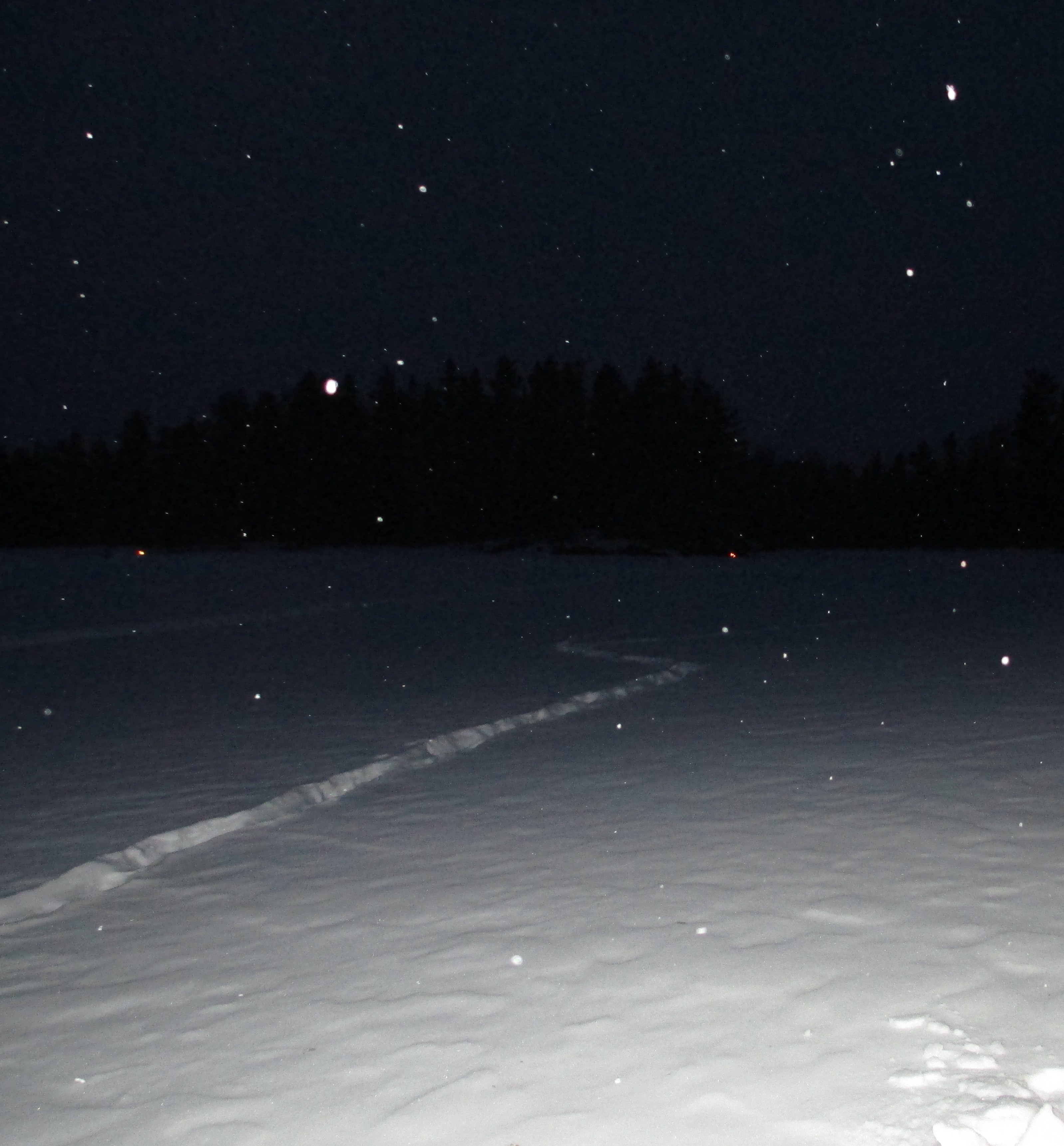
What we choose to fight is so tiny!
What fights with us is so great.
If only we would let ourselves be dominated
as things do by some immense storm,
we would become strong too, and not need names.
When we win it’s with small things,
and the triumph itself makes us small.
What is extraordinary and eternal
does not want to be bent by us…
I mean the Angel who appeared
to the wrestlers of the Old Testament…
Whoever was beaten by this Angel
(who often simply declined the fight)
went away proud and strengthened
and great from that harsh hand,
that kneaded him as if to change his shape.
Winning does not tempt such a man.
This is how he grows: by being defeated, decisively,
by constantly greater beings.
– The Man Watching (Excerpt) by Rainer Maria Rilke, translated by Robert Bly
You are going to die. (The last Truth of Male Initiation)
– Richard Rohr, “Adam’s Return, the Five Truths of Male Initiation
. . . and God said: what do you mean ‘why didn’t I save you from life’s troubles’ I’m the one who sent that helicopter you refused to climb aboard.
– Punch line of an old joke
————————-
It’s a testament to the coldness of that night; I can barely sleep now, even with the exhaustion passing through me after three days of struggling to make progress through deep snow and three nights of waking constantly to start fires. I’m on a vast high plateau between two mountain lakes devoid of life, as surreal as if I’m simply a lone figure placed in a snow-globe, a diorama, by a much larger being.
I am encompassed by cold that does not leave: my feet are generally numb, though they get to the point of tingling at times. Arms are gauges of how frozen I am, when they shiver I have to boil water at night or walk faster in the day. My torso is never warm, even wading through snow as fast as I can there is not a drop of sweat, and at best I feel simply very cold. The below-zero cold continues to grip me in the nothingness of night, stars dotting the inky black sky. Lying under my quilt now, with less than an inch of pad between me and the snow, I can reach my hand out and feel the clear sensation that the snow is strangely very much warmer than the air.
Insights
Whatever man has invented, man can change. War can become as obsolete as dueling.
– Margaret Mead
I am leaving this legacy to all of you to bring peace, justice, equality, love, and fulfillment of what our lives should be. Without vision the people will perish, and without love and inspiration dreams will die —the dream of freedom and peace.
– Rosa Parks
Ultimately, we have just one moral duty: to reclaim large areas of peace in ourselves, more and more peace, and to reflect it toward others. And the more peace there is in us, the more peace there will also be in our troubled world.
– Etty Hillesum
Our basic core of goodness is our true Self. It’s center of gravity is God. The acceptance of our basic goodness is a quantum leap in the spiritual journey.
– Thomas Keating
Your Turn
You are always invited to write in to comment on or add to any of the items in Spirit Journal. Let us know if you are aware of an upcoming event you think others should know about, or send us an inspirational quote you’d like to share, or information about a book, website, podcast, or video you recommend. You can contribute by emailing the newsletter editor at news@centeringprayerchicago.org.